LPG subsidies aren't always pro-poor; the poor are consumers, not beggars
R Jagannathan
• December 21, 2014, 10:01:56 IST
Subsidies are wrongly believed to be pro-poor. But market-pricing can also be pro-poor by converting the poor from supplicants to consumers.
Advertisement
Written by R Jagannathan
R Jagannathan is the Editor-in-Chief of Firstpost. see more
Find us on YouTube


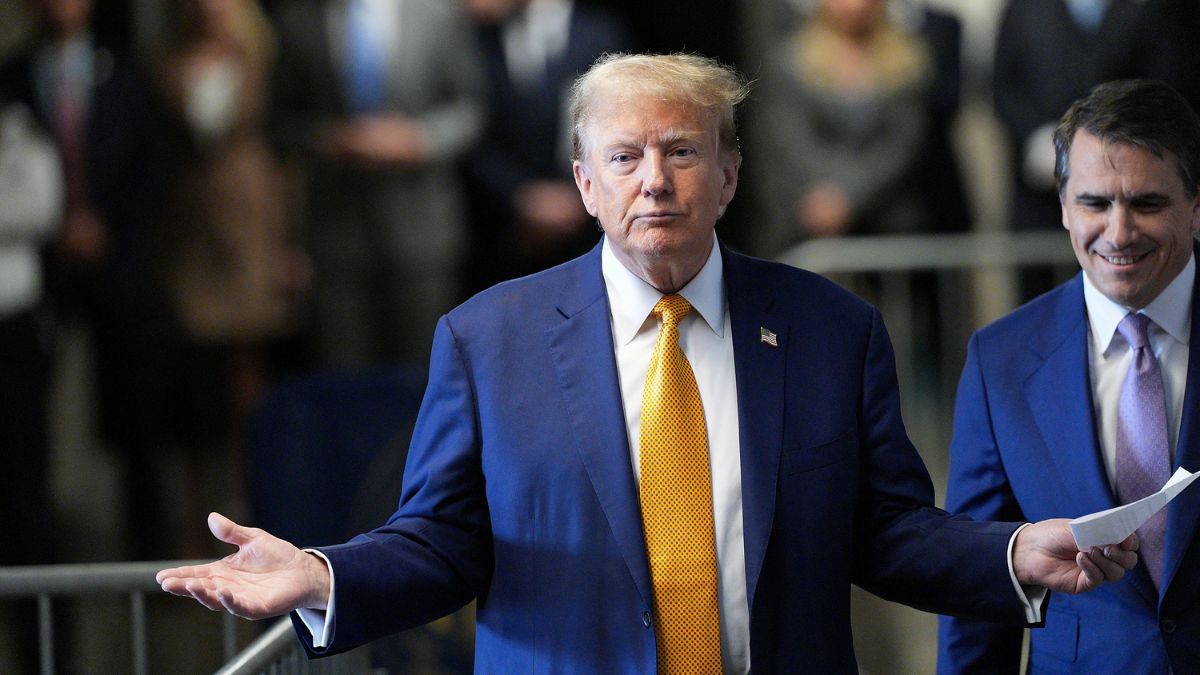)
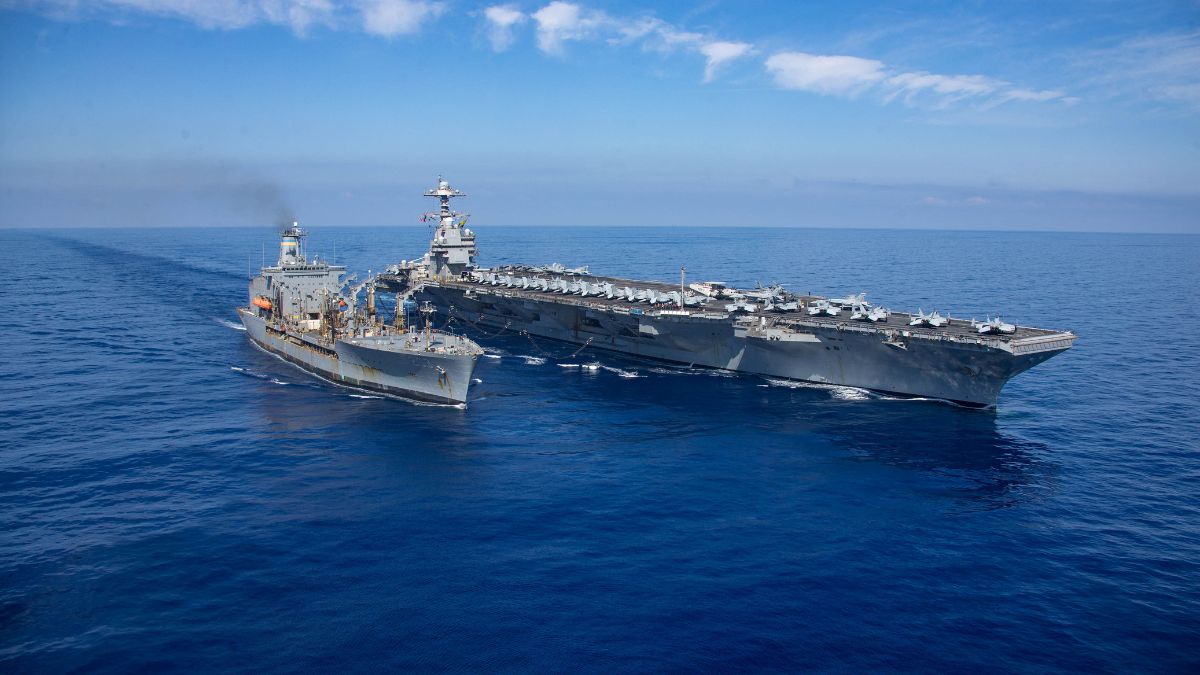)
)
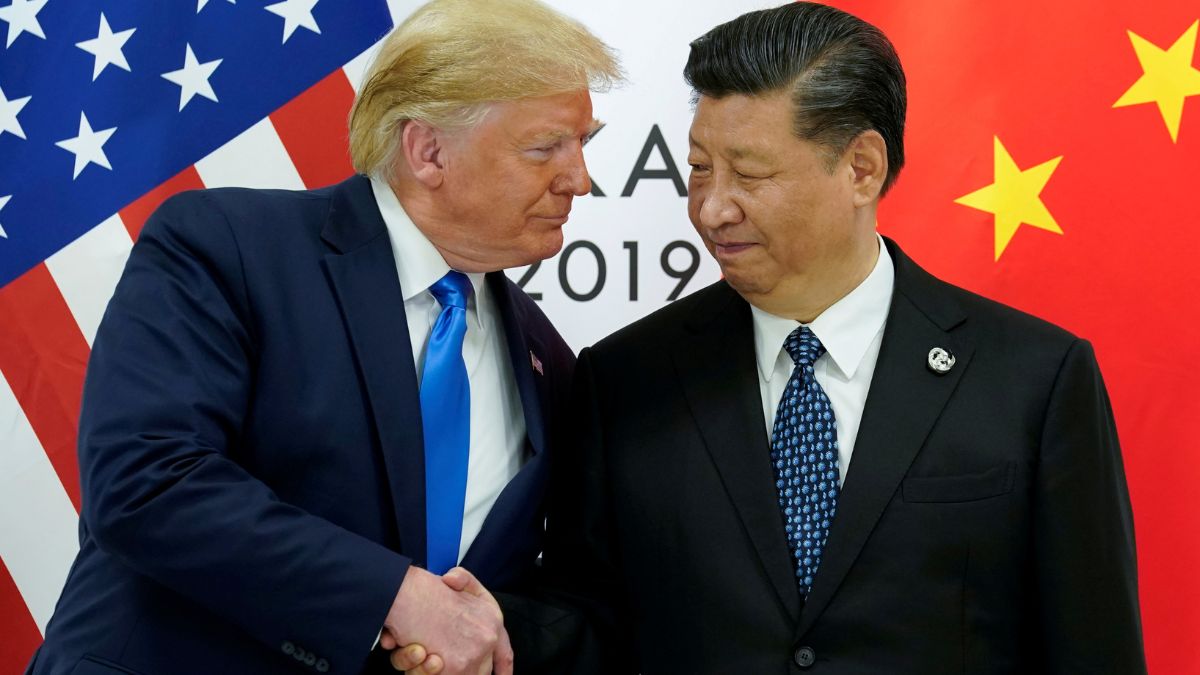)
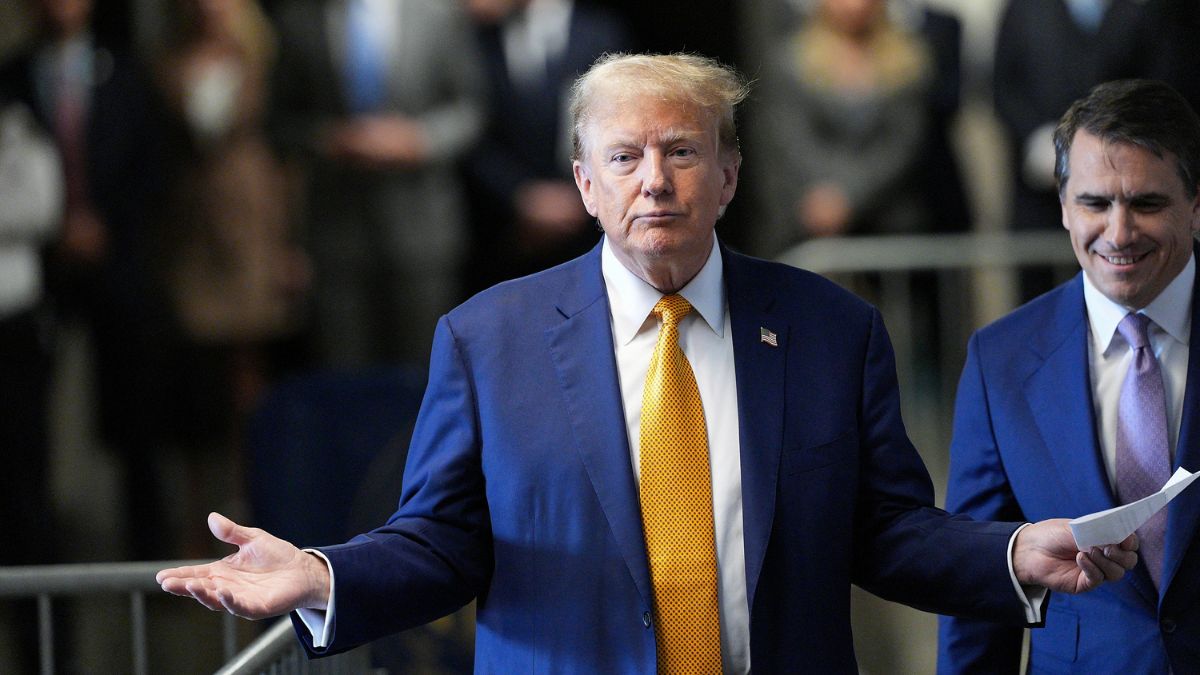)
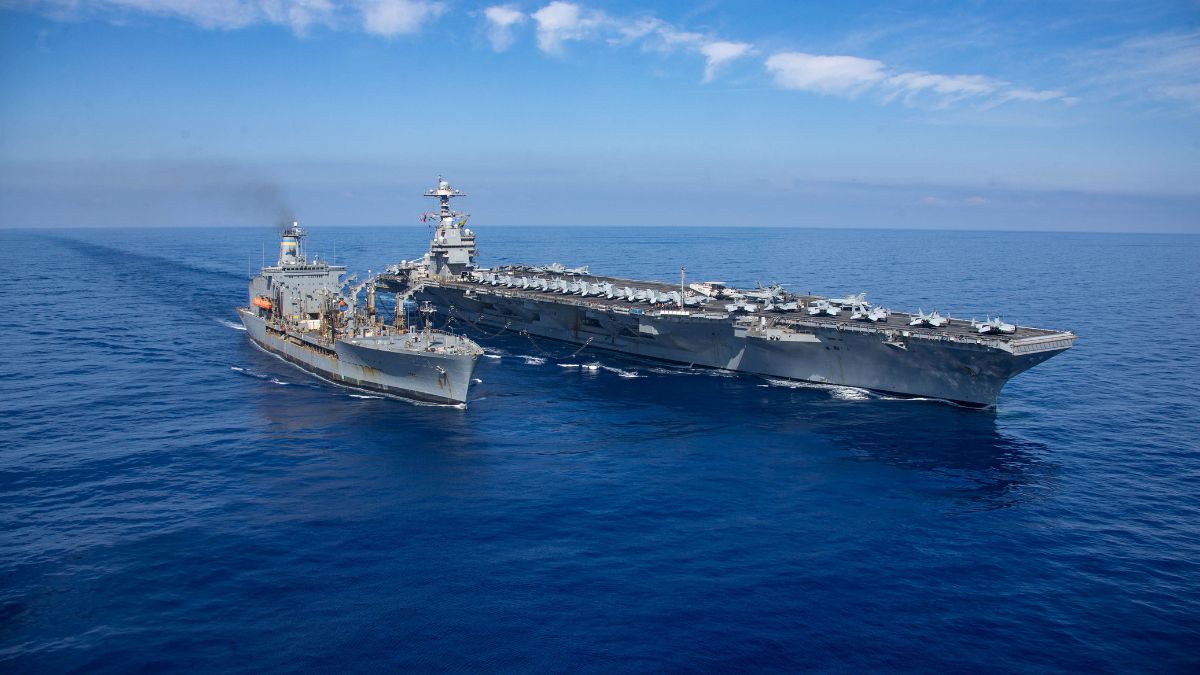)
)
)



